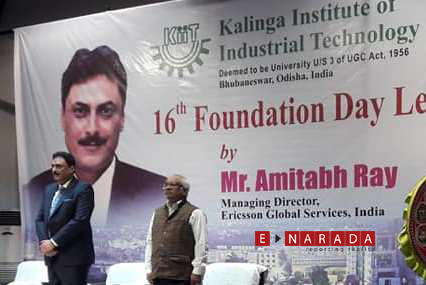New Delhi: May 3,2013:
Union Minister for Culture Chandresh Kumari Katoch today re-opened the renovated gallery of Tanjore and Mysore Schools of South Indian Paintings at the National Museum, New Delhi for public.
The Gallery comprises 88 paintings. Although almost every painting is unique, some of the masterpieces are examples par excellence:
Tanjore School – Navneeta Krishna with Tanjore King Shivaji II, 1830 A.D.; Nataraja Shiva, early 19th century; Rama Pattabhisheikha, early 19th century and Durbar of Serfoji II (1798-1833).
Mysore School –The marriage ceremony of Shiva Parvati and Sita with Rama, end 18th century; Sandhya Tandava of lord Shiva before Parvati, late 18th century; Hanuman stopping Bharata for entering into fire, early 19th century; Devi Sarswati, late 19th century; Rama Darbar, late 19th century and Gita Serman, late 19th century.
The renovated gallery is a State of Art Gallery that has elaborate captions, text panels, slide show of Tanjore and Mysore schools.
Katoch also released portfolio of Tanjore and Mysore school, booklet and five types of greeting cards on the occasion.
This permanent gallery will remain open to the public every day from 10:00 a.m. to 5:00 p.m. except Mondays.
The important themes of Tanjore and Mysore Schools Paintings are broadly divided into three categories. 1. Devoted to Vaishnavism portraying images of Krishna, Rama, Vishnu and his other incarnations, Lakshmi and other Vaishnava gods and saints; 2. Devoted to Shaivism portraying various forms of Shiva, Parvati, Karttikeya or Subramanya, Ganesha and other Shaiva deities; and 3. Portraits of various kings, saints and others.
Tanjore painting has a brilliant and jewel-like tone that its artists had created by judiciously using real gold and silver foil, precious and semiprecious stones, beads, mirrors, and powdered metals – gold in particular. Besides the use of primary colours – red, green, blue, black and white to depict the Gods, infant Krishna is often seen in pink with a marble like translucence while Lord Vishnu, and his incarnations are often depicted with a distinctly green body tone.
The Mysore school of painting sprang in south Karnataka in the reign of Maharaja Mummudi Krishnaraja Wodiyar (1799-1868). Under his discerning patronage the older artistic traditions of the region such as the music, dance, literature and paintings were revived and most of the surviving traditional paintings can also be ascribed to this period. These works present a wide variety, from murals to stylistic Mysore paintings on cloth, paper and wood.



